by Daniel | Last Updated December 13th, 2021

We may earn a commission for purchases using our links, at no cost to you.
Allow us to paint you a picture: you’re gathered around a campfire somewhere deep in the woods, taking a quiet moment to soak in the glistening sky full of stars. You’ve already gone hiking, reached mountain tops, splashed in a clear running stream, and found a few furry friends along the way during your day. Soon, you’ll head into your tent to cuddle up for the night. You’ll wake to the sounds of bluebirds chirping and the glimmer of daylight leaking in through your fortress.
That’s the beauty of a camping trip.
The United States is home to 61 different national parks, over 10,000 state parks, and countless nature preserves and acres of public land to pitch a tent. With that many camping options out there, there’s no reason not to get out into mother nature and experience the beauty of our earth first-hand. There’s no need to travel too far or plan too much – it can be as easy as a short drive from where you live with a tent and a backpack of essentials in tow.
That’s not to say camping can’t also be a spontaneous adventure. Many people have even completed a trek to see all national parks over 29 states and two U.S. territories. Whatever camping may look like to you – whether a quick night’s stay or a long, winding road trip with plenty of camping stops along the way – these are the top camping spots in the United States you simply cannot miss.
Southern Spots
There’s a lot to digest here. For ease’s sake, we’re going to break down our top camping trips by region in the US. First up, the southern spots!
1. The Grand Canyon in Arizona and Utah
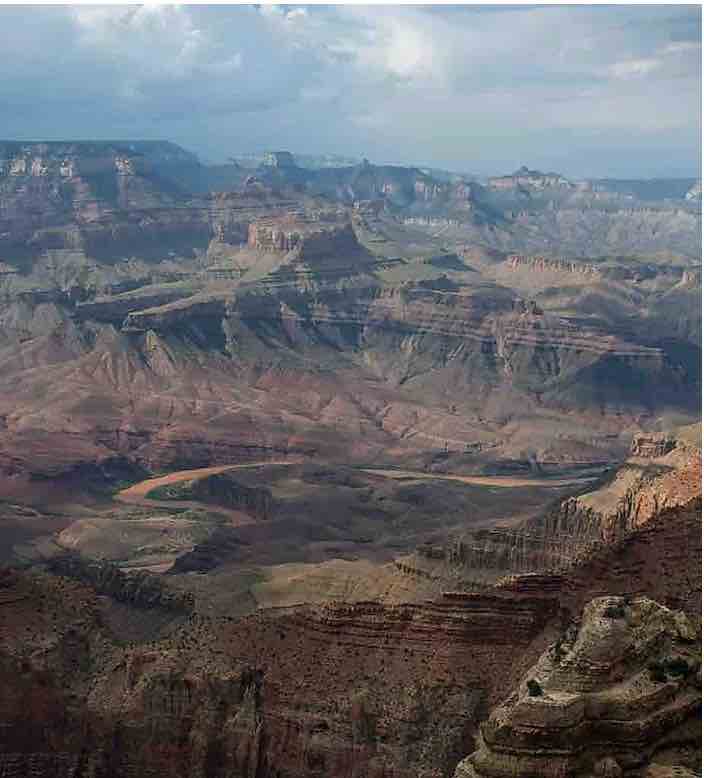
The Grand Canyon, while known by this short and sweet name, is actually a U.S. National Park located in Arizona and Utah.
Why It’s Worth a Stop: This park pretty much speaks for itself. Seeing the Grand Canyon is a bucket list item for so many people, and it’s easy to understand why! If you’re going, you’ll find the south rim to be more accessible but also much busier. The north rim is a bit of a stretch to get to but offers a break from tourists. Note that the north rim is actually in Utah! This park is that big.
What to Enjoy: You can enjoy backcountry hiking and whitewater rafting during your stay.
Where to Stay: You can reserve a spot in advance at one of their developed campgrounds or can camp in the backcountry with a proper permit.
Cost: It’s going to cost you $30 per vehicle along with a nightly campground fee starting at $12/night.
2. Big Bend National Park in Texas
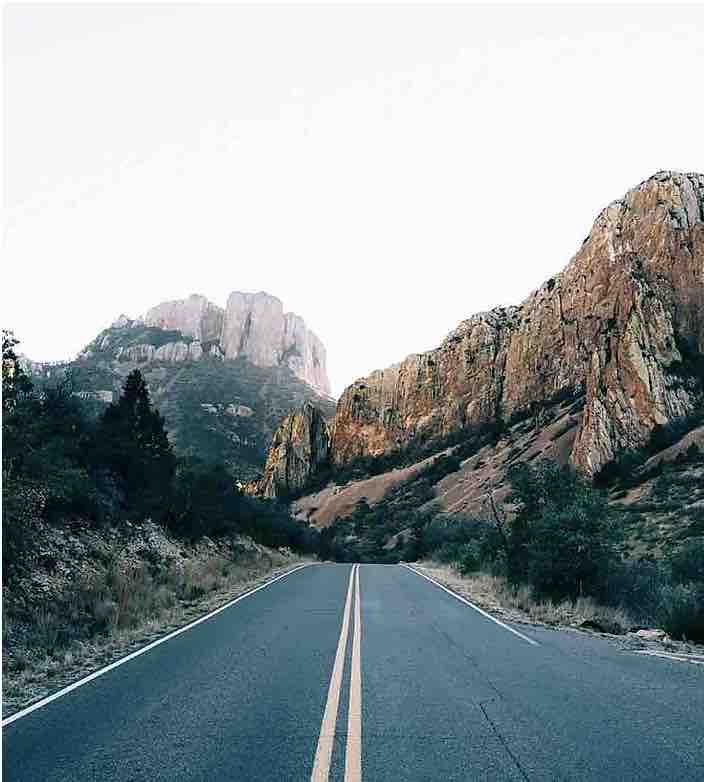
Big Bend is another gorgeous natural feature in Texas that’s a can’t-miss.
Why It’s Worth Visiting: Ever wanted to see, raft, or take a quick dip in the Rio Grande? The big river runs directly through Big Bend, so kayaking, canoeing, and rafting are all available options. With towering canyons and gorgeous rocks, Big Bend is a stunner.
What to Enjoy: You can enjoy the water activities listed above or stay dry with challenging hikes like the Santa Elena Canyon Trail or Devil’s Den. Of course, don’t forget to look up at night for some of the most gorgeous starry skies.
Where to Stay: You can stay on one of three developed campgrounds or opt for primitive roadside campsites throughout.
Cost: This park costs $25 per vehicle (for seven days) and daily campground fees of $14.
3. Everglades National Park in Florida
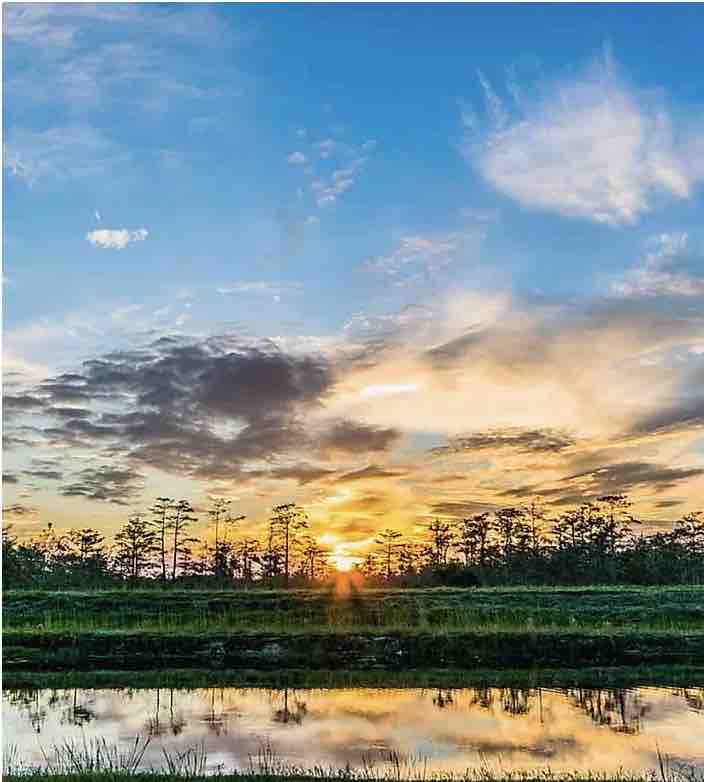
Everglades National Park in Florida is probably unlike any others you’ll find on this list due to its location. Be sure to take the detour for this one.
Why It’s Worth Seeing: Buried deep in southern Florida, this park covers 2,400 square miles of mangroves, marshes, natural Florida landscape, and even Florida Bay coastline. There’s a good chance you see one or more types of wildlife like crocodiles, manatees, alligators, or Florida panthers.
What to Enjoy: You’ll enjoy the hiking trails, biking space, campgrounds, airboat rides, canoeing, and kayaking while you stay at the Everglades.
Where to Stay: Enjoy either of the park’s two drive-in campgrounds or get adventurous with a backcountry campsite only accessible via boat.
Cost: This park is just $10 per vehicle for seven days. You’ll find that campsite fees will vary between $16 and $30. Backcountry campsites, on the other hand, only require a $10 permit.
The Midwestern Spots
4. Peninsula State Park in Wisconsin
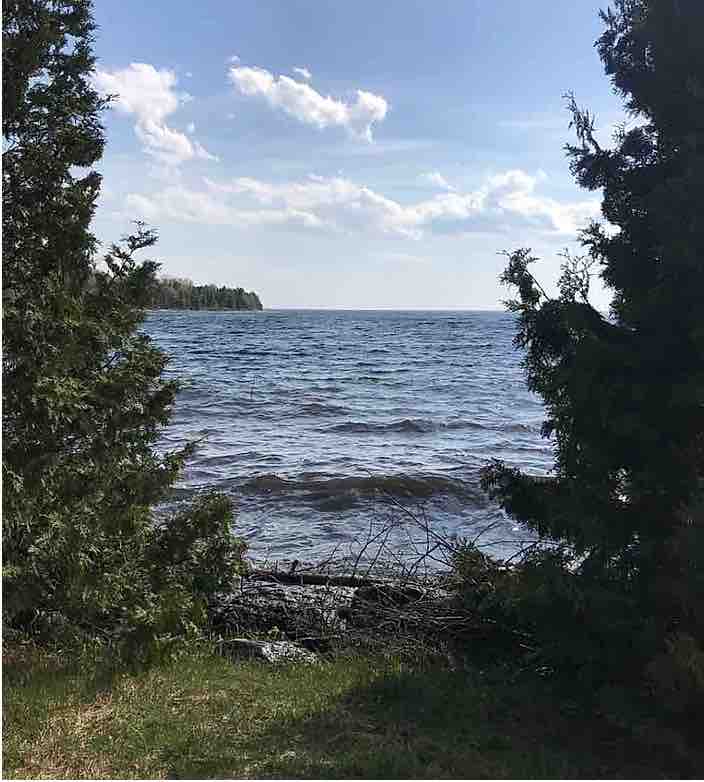
Peninsula State Park has something for just about everyone, making it a great family camping spot.
Why It’s a Must-Visit: With eight gorgeous miles of Green Bay shoreline, this is a spot made for water lovers. Whether you just enjoy the sound of soft waves or prefer getting out there on a boat, it’s sure to bring peace of mind.
What to Enjoy: There are tons of recreation options, like volleyball courts, an 18-hole golf course, boating, hiking, and of course, playing in the ocean.
Where to Stay: There are many options to camp here – five to be exact. They each have a mix of primitive and electric campsites, so pay attention as when book! You’ll need to find a good spot in one of these, as there is no backcountry camping here.
Cost: You’ll need to choose the park you want out of the five options to determine the cost of camping. Aside from that, you can get daily stickers for park entry for $10 ($7 for locals) or annual stickers for $35 ($25 for locals).
5. Voyageurs National Park in Minnesota
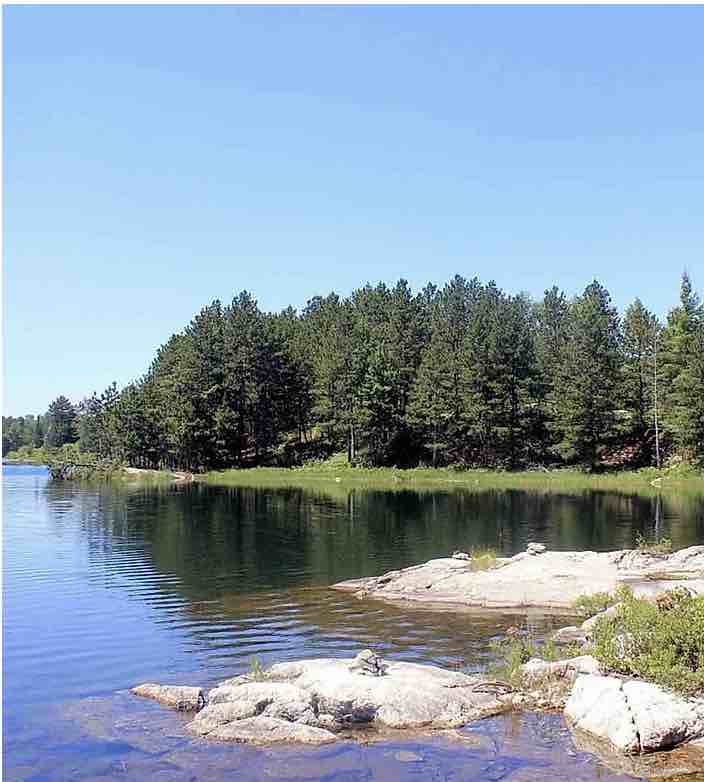
Midwestern states get written off as unexciting too easily. There are lots of great things to see and do in the area, and Voyageurs National Park is one of them!
Why It’s Worthing Visiting: You’ll get a different experience from this park depending on which season you visit. During the summer, it’s all about the water. In the winter, the snow and ice sports are front and center. Note that all campsites here are accessible only by boat – if you don’t have your own, you may be able to hop on a guided boat tour.
What to Enjoy: There in the summer? Enjoy boat rides, water skiing, and basking on the shore. Planning a winter trip? Be prepared to ski, snowshoe, snowmobile, or ice fish.
Where to Stay: There are over 200 designated campsites here. Again, you’ll need a boat to get to them. Otherwise, you better be a good swimmer! If you prefer the backcountry camping route, you can settle down in just about any spot.
Cost: Free entrance! There is a $10 daily fee for private boats, but that’s it. Campsites are also free as long as you have a permit (which is also free). Could it get any better?
The Mountain Spots
6. Arches National Park in Utah
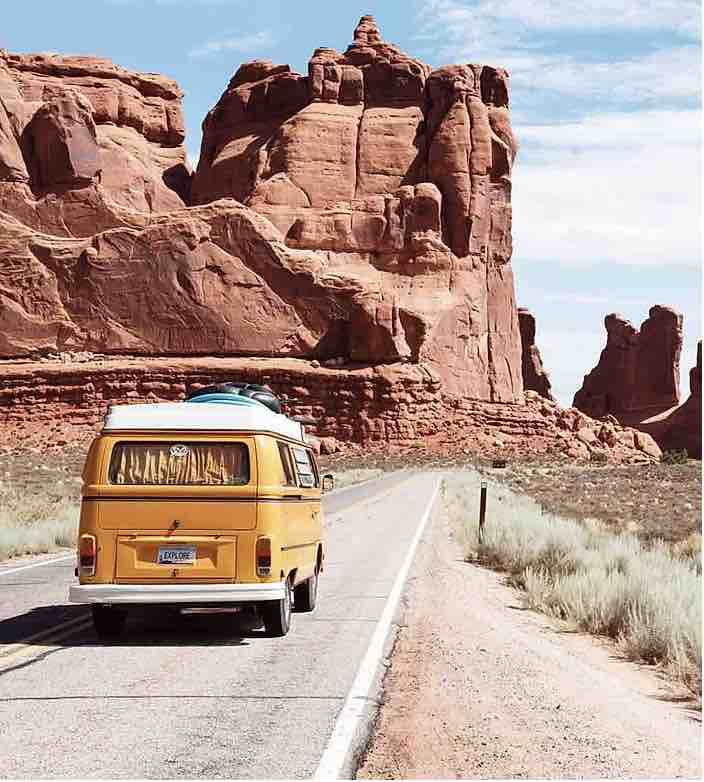
Even if you haven’t been to Arches National Park in Utah, you’ve probably seen it. This is one of the most popular national parks, and images of it have become iconic.
Why It’s a Must Visit Park: It’s a red rock wonderland. With over 2,000 natural arches, it’s easy to see where this park got its name. The beauty of this park alone is reason enough to make a trip out.
What to Enjoy: Hiking is the name of the game here. Choose from a variety of easy, moderate, and hard trails at whatever length you’re comfortable with. Even better, you can take a ranger-guided hike and learn about the area you’re surrounded by while you walk.
Where to Stay: There’s only one developed campsite with just 50 sites here. However, there are lots of campgrounds located in the Moab area just outside the bounds of the park.
Cost: A campground car pass is $25 each night. You can get a discounted rate by purchasing an annual pass.
The Western Spots
7. Denali National Park in Alaska
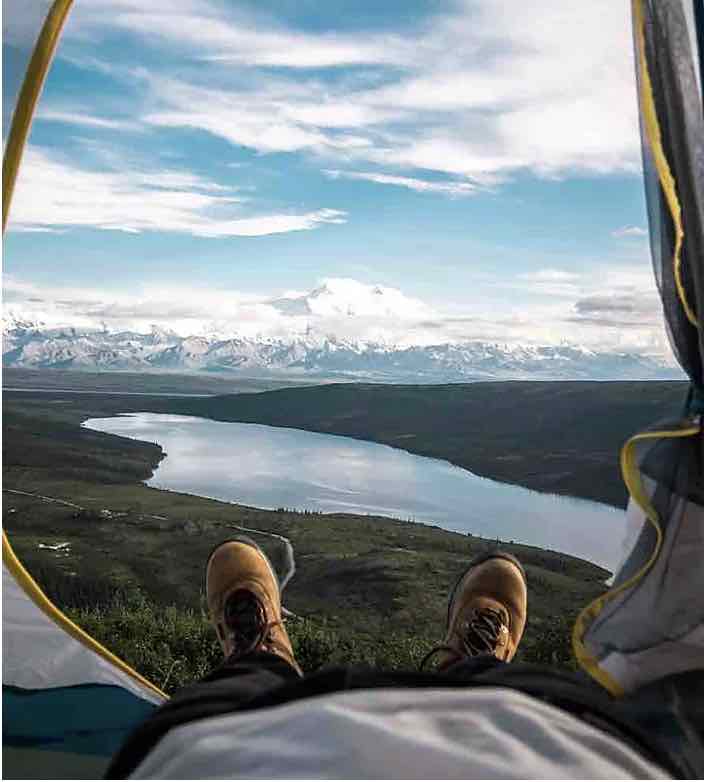
It might be a stretch to say that this Alaskan National Park is a “western spot” rather than a “northern spot,” but for the sake of this article’s organization, it’s staying. Technically, Alaska is much farther West than the contiguous United States.
Why It’s Worthing Seeing: There’s so much land to explore. We’re talking over six million acres here. What’s even better, this land is rich with wildlife, challenging trails, and even North America’s tallest peak.
What to Enjoy: When you’re here, you’re here to enjoy the land and all it offers. That means frolicking through wildflower fields, traversing up snowy mountains, and finding glaciers.
Where to Stay: You can choose from their six campgrounds with nearly 300 spots to choose from. Keep in mind that only Riley Creek campground is reachable by car. If you choose another campground, you’ll need to hop on a group bus.
Cost: There’s a $10 per person, per day fee for park entry. Campsite fees may vary. One site is open year-round with no charge in the winter months.
8. Crater Lake National Park in Oregon
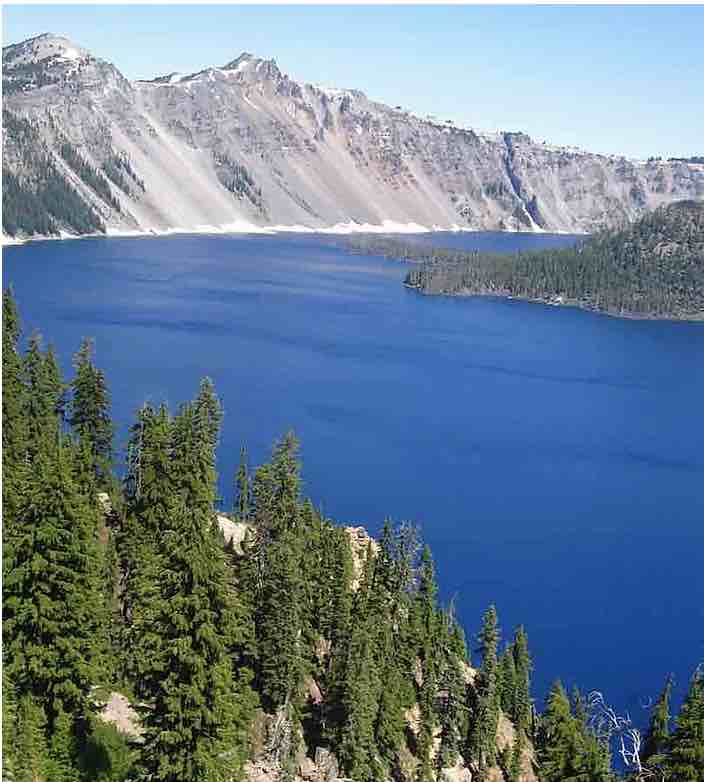
If your camping travels take you to the pacific northwest, stopping for a visit to Crater Lake needs to be on your to-do list.
Why It’s a Great Place to Visit: Ever wanted to camp in a dormant volcano? That’s exactly what Crater Lake National Park in Oregon is. It’s also the U.S.’s deepest lake coming it at 1,943 feet. Whether you care more for the water or the volcano, Crater Lake is sure to impress.
What to Enjoy: You’ll have to enjoy the water, since it’s one of the clearest and cleanest bodies of water in the country.
Where to Stay: The two main national campgrounds, Mazama and Lost Creek are both good choices for a place to set up overnight. Mazama has electric hookups while Lost Creek does not, so keep that in mind. Want to go rogue and enjoy backcountry camping? Just get a permit first.
Cost: Mazama costs $22 per night for a campsite while Lost Creek charges just $10.
9. Joshua Tree National Park
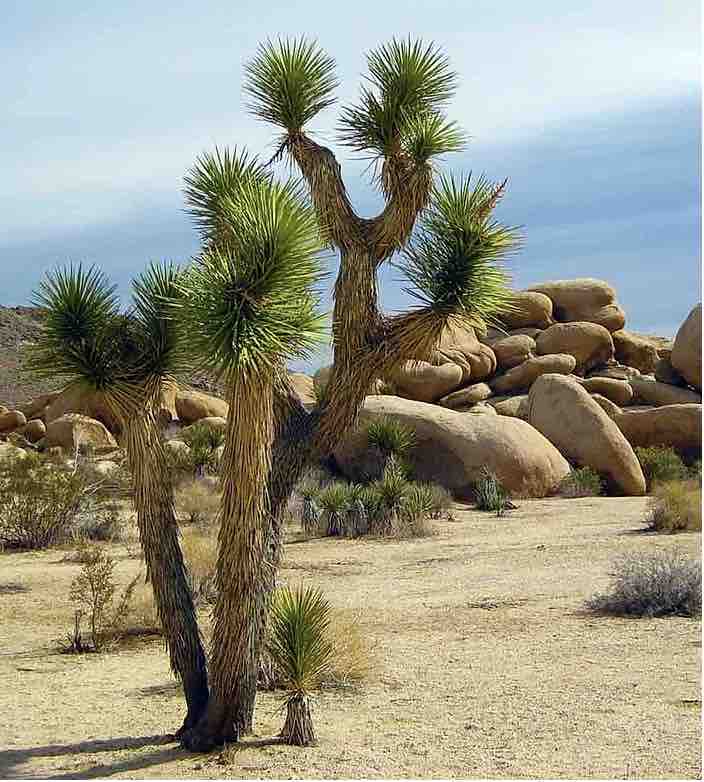
Made famous by its Joshua trees and deserted landscape, Joshua Tree is a must for anyone who wants to claim the title of “real camper.”
Why It’s Worth Visting: You’re sitting smack dab between the lower, hotter Colorado Desert to the east and the higher, cooler Mojave to the right. It’s a breathtaking spot for hiking, climbing, and stargazing. You can also get some incredible photos.
What to Enjoy: There are ten mountain peaks over 5k ft in elevation. If rock-climbing is your thing, have at it! Others prefer hiking throughout the park.
Where to Stay: There are nine established campgrounds on the premises. You can also do backcountry camping as long as you pre-register with the backcountry registration board. For more options, there are a lot of Airbnb campsites available.
Cost: It will cost you $20 per vehicle for seven days. Save money by getting an annual pass for just $30! If you’re staying overnight, it’s $15 per night for a campsite without water and $20 with water.
The Northeast Spots
10. White Mountain National Forest in New Hampshire
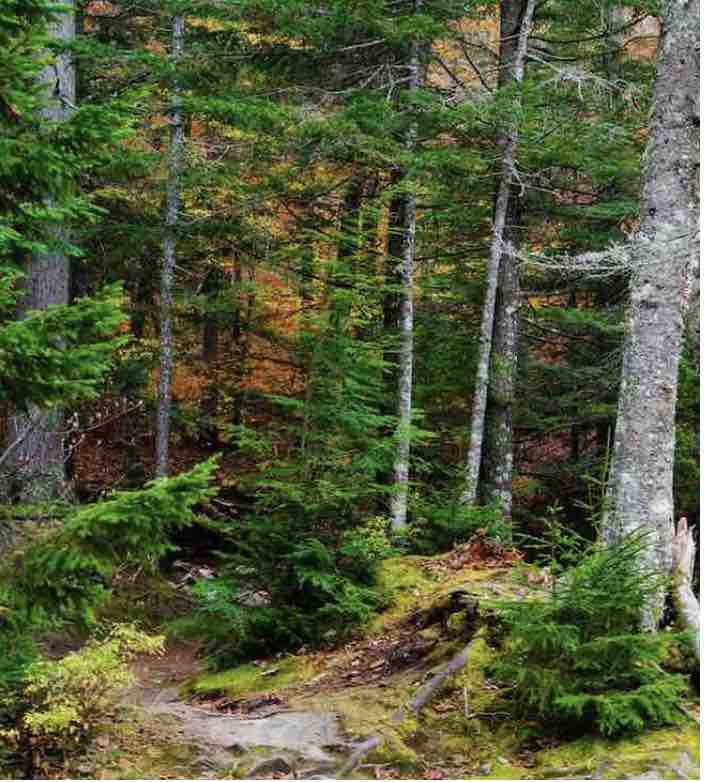
Are you looking for a more rustic experience? Camping in the northeast will be right up your alley. Start with White Mountain National Park in New Hampshire.
Why It’s a Must Visit Location: This park showcases the best of what the White Mountains have to offer. If you come in the fall, you’ll be in for a show as the leaves begin to turn shades of brilliant yellow, orange, and red.
What to Enjoy: If you’re coming to hike, prepare for a challenge! It is a pretty rugged area of the Appalachian Mountains, but it’s so worth the extra push.
Where to Stay: With a whopping 24 campgrounds with over 800 combined campsites, there’s no reason not to come! You can also camp backcountry as long as it’s not a designated no-camping area.
Cost: You can get a daily pass for $3, a seven-day pass for $5, and a camping pass is between $18-24 each night.
The Camping Difference
Seeing the world one camping trip at a time is a great way to slowly mark off your bucket list or slowly get in touch with all nature has to offer. Whether you’re a first-time camper or a seasoned expert, we’re confident that you’ll find spots on this list to pique your interest. From setting up the campsite along riverbanks to huddling around the fire on a mountaintop, these camping spots offer experiences you just can’t get anywhere else.
Learn more about different camping options in America.
Related Buyer’s guides and Top 10 Lists:
- Travel Accessories – Reviews & Buyer’s Guide
- Backpacks – Reviews & Buyer’s Guide
- Wallets – Reviews & Buyer’s Guide
- Carry-on Luggage – Reviews & Buyer’s Guide
- Travel Pillows – Reviews & Buyer’s Guide
- Travel Adapters – Reviews & Buyer’s Guide
